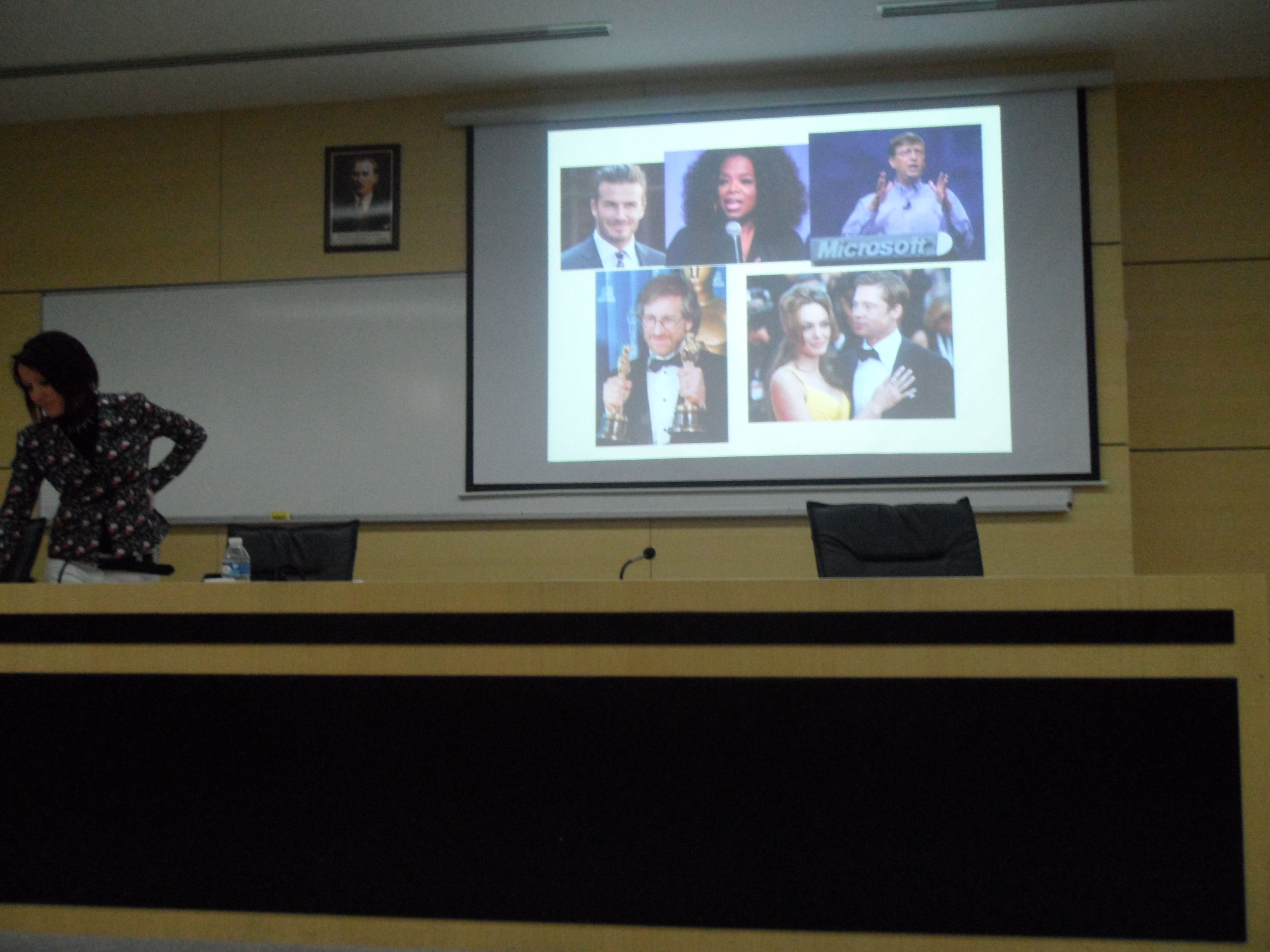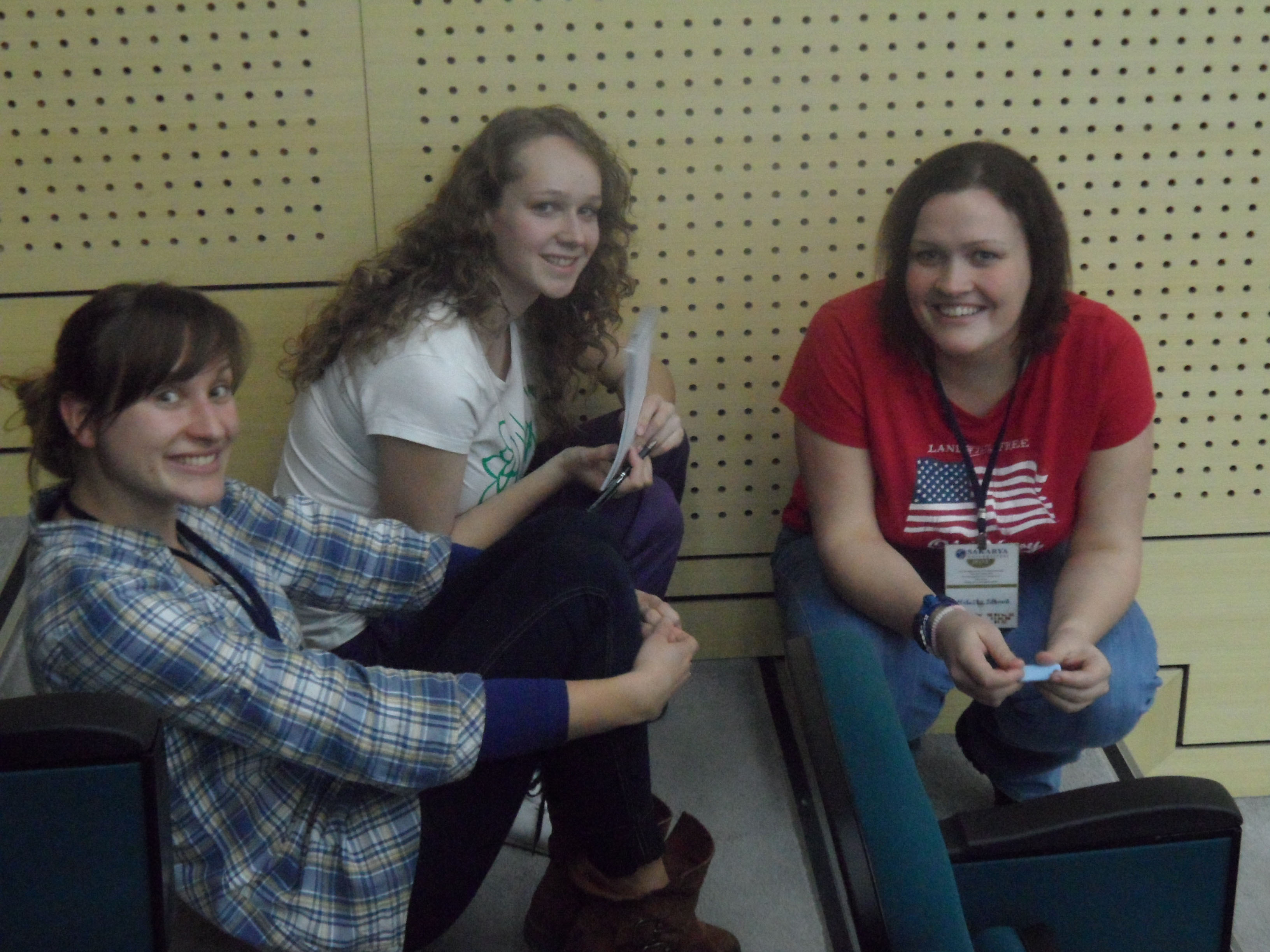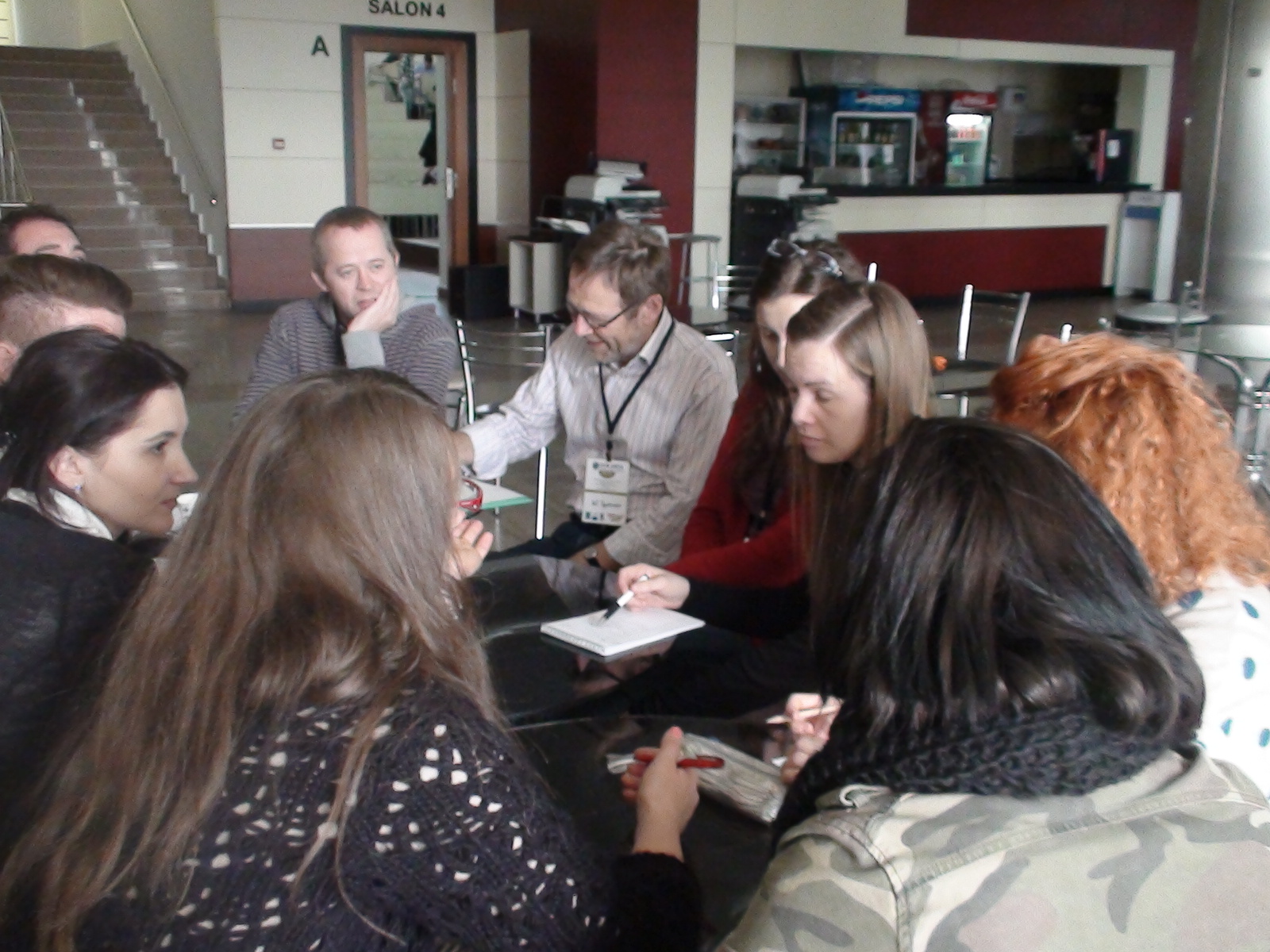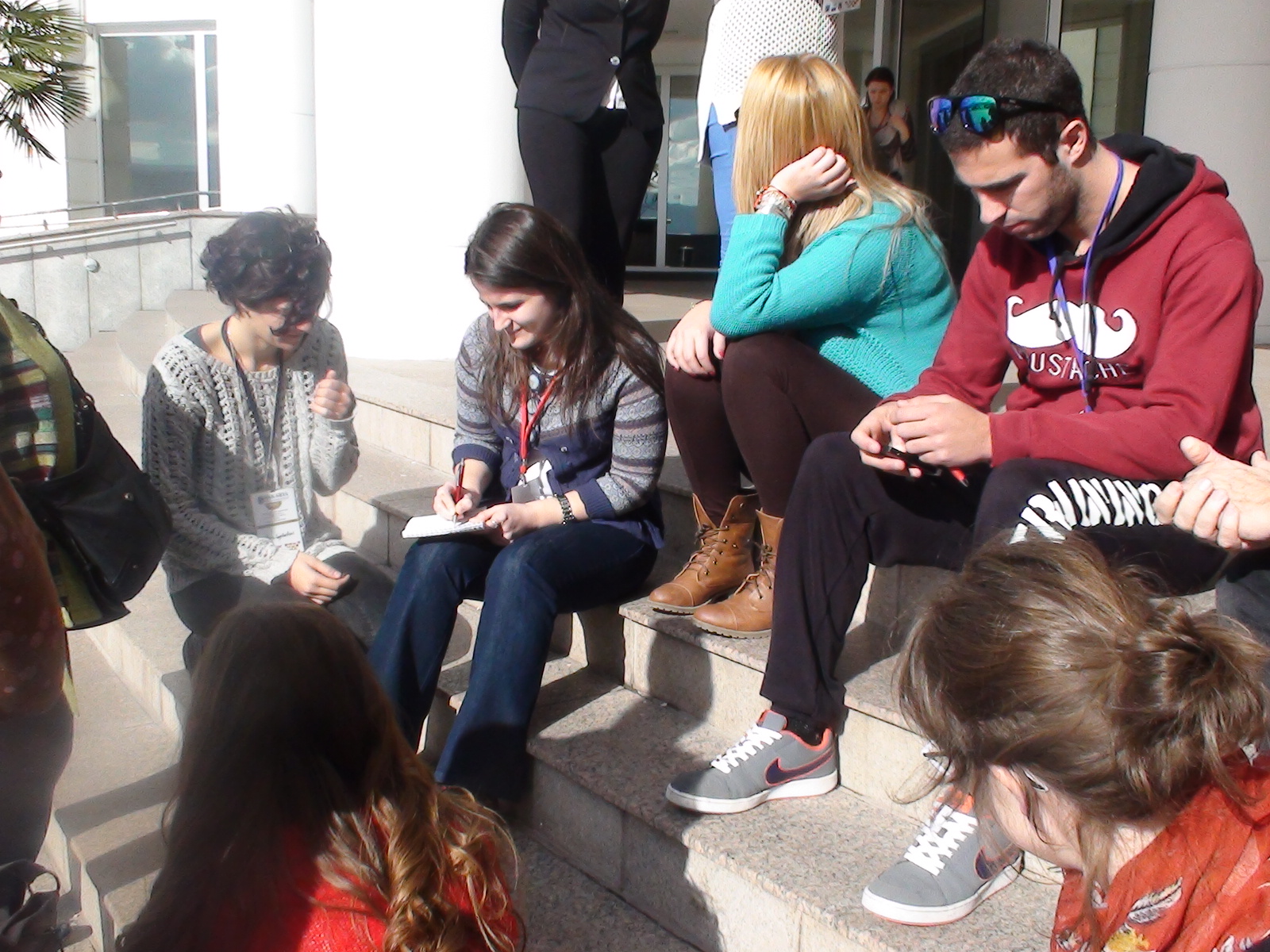Zaragoza lectures
‘LEADING CURRENT SCENARIOS’
‘CREATIVITY, INNOVATION AND ENTREPRENEURSHIP THROUGH CLIL’
First of all Luisa explained the functions about our University and her topic; Leading Current Scenarios; this is the abstract:
One of the challenges which universities have to face nowadays is the transfer of learning, innovation and quality improvement in the classroom. Since 2008, the University of Zaragoza has intensified its commitment towards innovation and teaching quality. In order to do that, a series of actions and procedures have been set about to guarantee the quality system of each degree. Looking for a higher participation of teachers at our university, several grants and economic aids for different projects on new teaching technologies are given. Along this essay we analyze the different programmes and actions which are currently taking place. Also, we highlight the different initiatives developed by the University of Zaragoza on the field of orientation, employment and entrepreneurship which are offered to the students and graduates through a service called Universa.
After Luisa, the students put into practice a Cluedo’s Game which consists on, each country has to kill other country in a specific place and with a specific object or action, finally who kills more countries, it is the winner. They could play in the breaks.
The students explained their topic, this is the abstract:
Our education is based on the development of competences. There are eight main basic competences, in other words, if a learner is acquiring a foreign language (L2), this learner should be competent in eight main basic competences by the end of his/her education. A tool to achieve these competences is CLIL (Content and Language Integrate Learning). CLIL is a methodology which integrates language and content in the teaching of a foreign language. This methodology is based on 4cs: communication, culture, cognition and content. With these four aspects this methodology encourages the creativity, innovation and entrepreneurship in the learners and so creates a proper environment in class as it promotes the interaction and communication among students as well as the autonomy and cooperative learning. In order to prepare a CLIL lesson, it is necessary to follow several steps, which start with a general vision which, little by little, specifies the content and activities and assessment. In addition, the role of the teacher depends on the lesson preparation; therefore, it provides the materials, resources, feedbacks and evaluation. And, the last but not least, at the end of this paper we try to establish a comparison between CLIL and other methodologies, so the reader can realise that CLIL belongs to an innovative group of methodologies.
Taking into count all these concepts Sara explained the put into practice of an activity that we could do with children. This activity is related with the road safety and establish links among the framework of 4 Cs of the previous methodology.
Later, Paula did problem solving interacting with people. We gave three problems: bulling between two students; playing a debate in two groups appears a disagreement between two students’ opinions and two children argue because both want the same and unique orange pencil. In heterogeneous groups they must look for solutions and explain the conclusions to the whole group. Finally, in this task we did a brain storming about what are the positives aspects when problems appear.
To the end our workshop we gave the results of the Cluedo’s game, who was the winner and we ask opinions about our presentation for improving in a future.
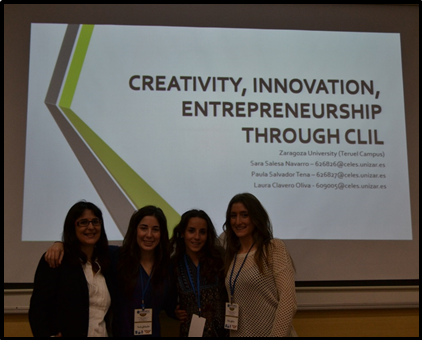
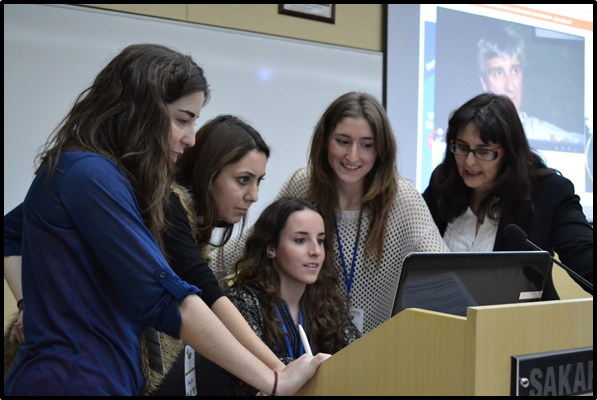
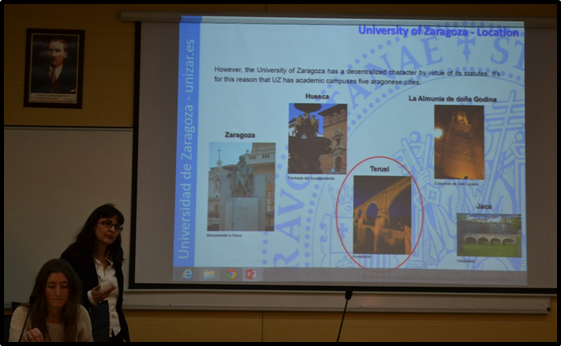
Czech lectures
Wednesday afternoon belonged to us – to the Czech group and there were various expectation of all of the project’s members about that presentation, because our Czech group represents especially Special Education.
Our topic introduced CREATIVITY from a different point of view and so the presentation was named The Creativity of special educators + Inclusion.
First of all, the lecturer asked all the participants to think about people with special needs and their specific roles in today’s society. It is not such an easy question, especially if you are really try to be honest and realistic. Thus, the first part mainly dealt with all types of special needs, their definitions and so on. Students were aquinted with the issues of mental and physical disabilities, hearing and visual impairments, we talked about the problems in communication (stuttering, mutism, etc.) and of course we presented also consequences of every single disability. We tried to make better opportunities for understanding unique situations of people with special needs and that is why we show various compensatory aids, possible jobs or suitable activities as well. Second of all, it was very interesting to discuss the topic of inclusion (this topic was based on PdF_2011_005). As everybody knows INCLUSION is a term used everywhere around the world but not always in correct way. Our task was to make it clearer and I hope we did it. Participants saw the differences between inclusion, integration and exclusion and then in following time we were discussing several questions related to this inclusive afternoon. The most interesting thing was to listen to every opinions of each of the countries, because of their differencies. For instance, the attitudes of Portugal are very nice and they look like they are very positive about this issue, while the speaker of Denmark mentined also economical problems which are supposed to be solved by closing of the special schools as in other countries.
The second part of our program consisted of practical part – workshop which aimed to create Individual educational plan for people with special needs. Participants were divided into 8 groups and each of them got card with description of person with special needs. Their task was to discuss in group procuration, adjustments and special aids which need to be used during the work and in the life of this client. The task for each group was to think about this problem and according to indicated hints try to suggest appropriate procedure. The discussion took about 25 minutes. After that one person from each group was chosen to present their ideas. Unfortunately, there wasn´t enough time left to develop discussion and comment on participants´ ideas because for sure there would be interesting points on which we could have different opinion. Nevertheless, in general we were pleasantly surprised by the diversity and creativity of all participants and also by their social feeling.
